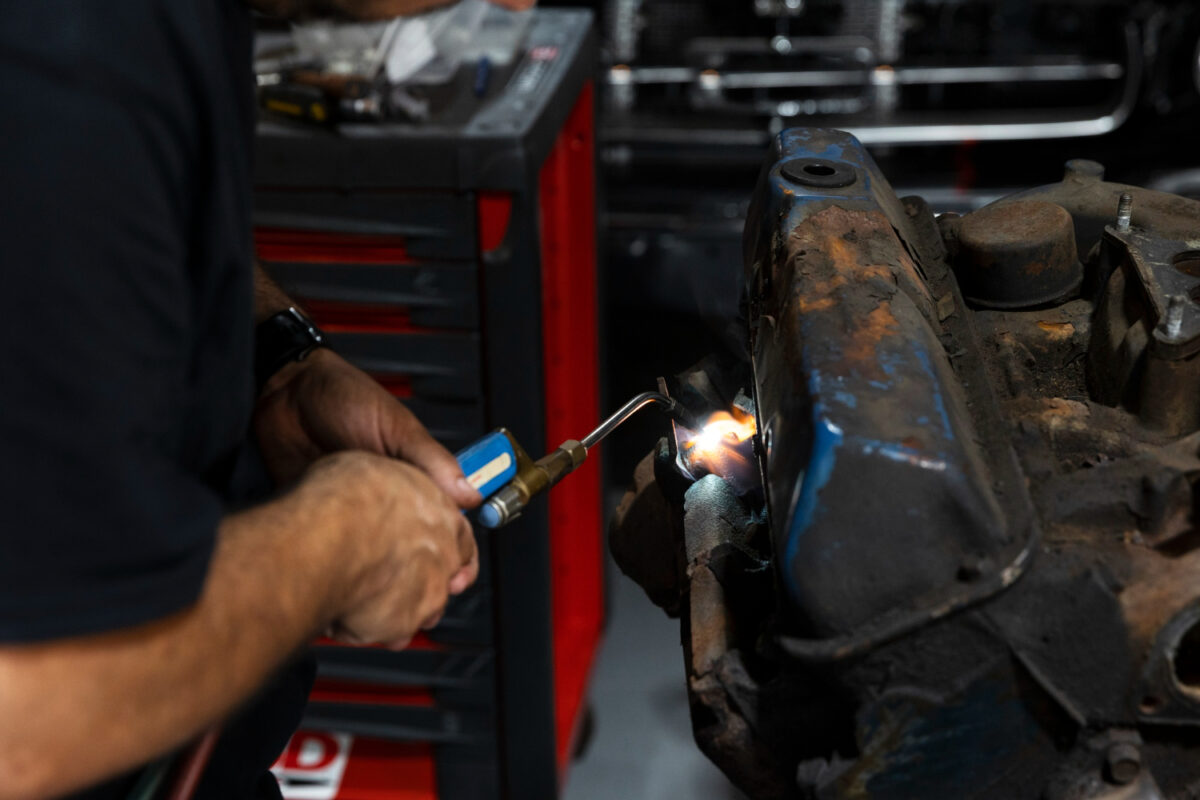Eco-Friendly Tools
Beginners Guide to Using Gas Fuel Tools Safely
Using gas fuel tools can make many tasks easier and more efficient. Whether it’s trimming hedges, cutting wood, or any other outdoor project, these tools provide the power and reliability needed to get the job done. However, it’s important to use them safely to avoid accidents and injuries. If you’re new to gas-powered tools, understanding how to operate them correctly is crucial.
Safety should always be your top priority when handling gas fuel tools. This involves wearing the right safety gear, following proper operation techniques, and knowing what to do in case something goes wrong. By taking these precautions, you can protect yourself and those around you.
So, we’ll walk you through the essentials of using gas fuel tools safely. From understanding the basic components of your tools to the importance of wearing safety gear, you’ll find simple and practical advice to enhance your safety.
Understanding Your Gas Fuel Tool
Gas fuel tools come in many shapes and sizes, each designed for specific tasks. Common types include chainsaws, hedge trimmers, leaf blowers, and lawn mowers. Chainsaws are perfect for cutting through thick branches and logs with ease.
Hedge trimmers help you shape and maintain your hedges quickly. Leaf blowers are handy for clearing leaves and debris from your garden or driveway. Lawn mowers are essential for keeping your grass neat and tidy.
Key Components and How They Work
Understanding the key components of your gas fuel tool can help you use it more effectively. Most gas tools have a fuel tank, engine, air filter, spark plug, and carburettor. The fuel tank holds the petrol that powers the engine. The engine converts this fuel into the energy needed to operate the tool.
The air filter keeps dirt and debris from entering the engine, ensuring it runs smoothly. The spark plug ignites the fuel in the engine, starting the combustion process. The carburettor mixes the fuel with air in the right proportion to ensure efficient burning. Knowing these parts and their functions can help you troubleshoot issues and maintain your tools better.
Safety Gear and Precautions
Essential Safety Gear to Wear
Wearing the right safety gear can prevent many accidents and injuries. Always wear safety goggles to protect your eyes from flying debris. Ear protection is also important, particularly when using loud tools like chainsaws and leaf blowers.
Gloves provide a good grip and protect your hands from cuts and burns. Sturdy boots with non-slip soles keep your feet safe and offer better traction. Long sleeves and trousers can protect your skin from scratches and minor burns.
Important Safety Precautions to Follow
Following safety precautions is crucial when using gas fuel tools. First, always read the user manual and understand the tool’s operation before using it. Never use a tool indoors as the fumes from the gas can be harmful. Keep the working area clear of obstructions and make sure bystanders are at a safe distance.
Always turn off the tool and let it cool before refuelling to avoid spills and fires. Check the tool for any damage or wear before each use. Properly maintaining your tool also plays a key role in its safe operation. By following these precautions, you can ensure a safer working environment for yourself and others around you.
Step-by-Step Guide to Starting and Using Your Tool
Starting your gas fuel tool correctly is important for safe operation. First, make sure the tool is on a flat surface. Check that the fuel level is adequate and that the choke is in the correct position, usually closed for a cold start. Pull the starter cord gently until you feel resistance, then pull it sharply. Once the engine starts, gradually open the choke to keep it running smoothly.
When using the tool, hold it firmly with both hands. Keep a steady stance to maintain balance and control. Be mindful of the surroundings to avoid hitting objects or people. Use slow, deliberate movements to reduce the risk of accidents. Always follow the manufacturer’s instructions for your specific tool.
Tips for Safe Handling During Use
Handling gas fuel tools safely requires attention and care. Never operate the tool while distracted or tired. Take breaks to avoid fatigue, which can lead to mistakes. Keep children and pets away from the working area. Do not operate the tool near flammable materials.
After use, turn off the engine and let the tool cool down before storing it. Regularly check for any loose parts or leaks that could cause problems. Following these tips helps ensure that you use your gas fuel tools safely and efficiently.
What to Do in Case of an Emergency
Knowing what to do in an emergency can prevent minor issues from becoming major problems. If your tool starts smoking or catches fire, turn it off immediately and move away from the area. Use a fire extinguisher to put out any flames. If you smell gas, shut off the tool and move to a well-ventilated area. Do not attempt to restart it until the problem has been fixed.
Always keep a first aid kit nearby in case of injuries. For any serious accidents, seek medical help right away. Knowing these emergency procedures ensures you’re prepared for unexpected situations.
Basic Maintenance to Keep Your Tool Safe and Reliable
Regular maintenance can extend the life of your gas fuel tools and keep them safe to use. Clean the air filter regularly to ensure proper airflow. Check the spark plug for wear and replace it if necessary. Inspect the fuel lines for cracks or leaks and replace them as needed.
Lubricate moving parts to reduce friction and wear. Store the tool in a dry, cool place to prevent rust and corrosion. By following these maintenance tips, you can keep your tools in good working order, ready for your next project.
Essential Safety Guidelines for First-Time Gas Tool Users
Using gas fuel tools safely requires knowledge and preparation. Understanding your tool’s components, wearing proper safety gear, and following safety precautions are vital steps. Safe operation techniques and knowing emergency procedures can prevent accidents and ensure smooth use. Regular maintenance keeps your tools reliable and extends their lifespan.
Safety should always come first when using any tool. By following the guidelines discussed, you can confidently use your gas fuel tools for various tasks. Knowledge and care go a long way in preventing mishaps and keeping your tools in top condition.
For high-quality gas fuel tools and more safety tips, visit Bernzomatic. Our products are designed to help you handle any project safely and efficiently. Explore our range of gas burner cylinders at Bernzomatic and keep your tools running smoothly!


